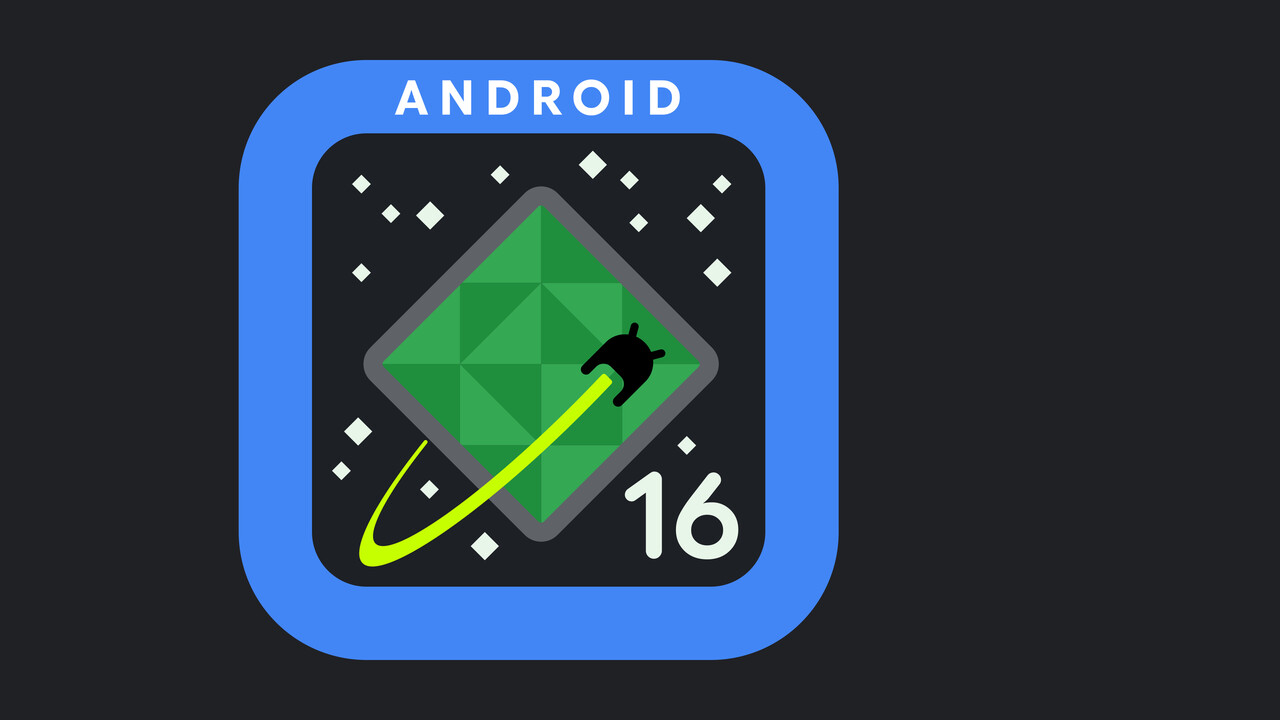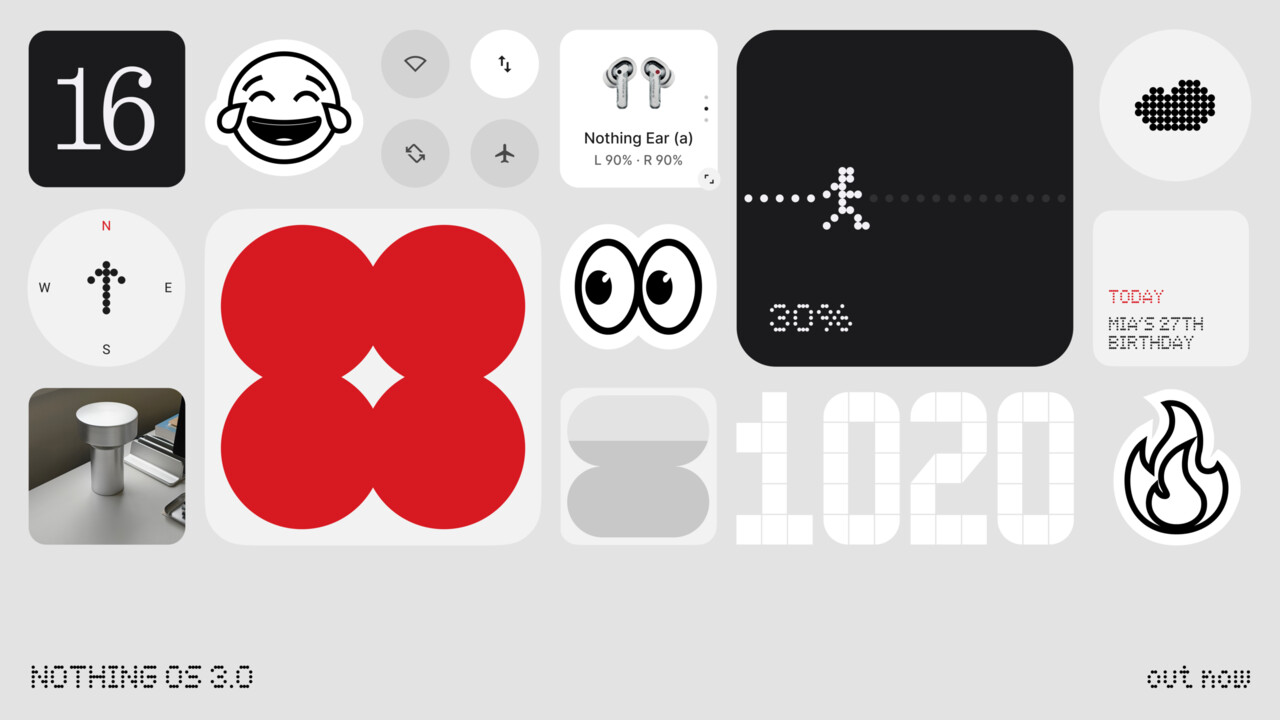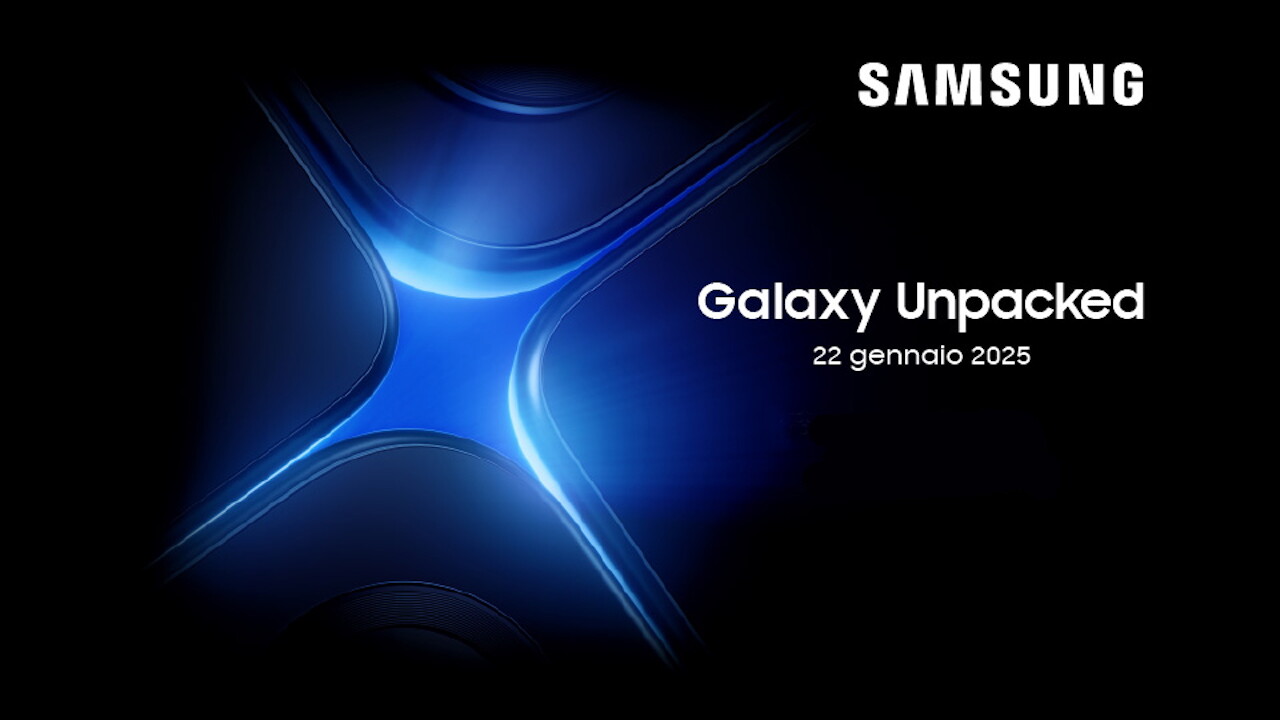Android 16: Developer Preview 2 improves ARR and haptics after 14 comments

Image: Google
In the second Developer Preview 2 of Android 16, Google introduces a number of new APIs and features for developers and prepares the new operating system for upcoming beta releases. For example, Google is improving the implementation of Adaptive Refresh Rate (ARR), the photo selector or haptic feedback.
Installation supported from Pixel 6
Android 16 Developer Preview 2 can be tried in the emulator or on a physical device. Only Google’s Pixel smartphones are approved for this, although the Pixel 6 and Pixel 6 Pro are supported several times, although they have already fallen out of the support window, but that’s just one minimal information.
Android 16 Developer Preview 2 is supported on the following devices:
Pixel 6 and Pixel 6 ProPixel 6aPixel 7 and Pixel 7 ProPixel 7aPixel FoldPixel TabletPixel 8 and Pixel 8 ProPixel 8aPixel 9, Pixel 9 Pro, Pixel 9 Pro XL, and Pixel 9 Pro Fold
Warning: data loss is possible
Google allows manual installation using a firmware image, although when trying Android 16 for the very first time, data may be lost if not backed up first. However, once installed, future preview builds can easily be installed via OTA update without a complete reinstallation.
Public beta comes next
After the first two developer previews, Google wants to start with the public beta versions, which can be obtained directly through the beta program with fewer obstacles. Four beta versions are intended to bring Android 16 to what is called platform stability before the final version is expected after April 2025.
 Roadmap for Android 16 (Image: Google)
Roadmap for Android 16 (Image: Google)
ARR and Haptic Feedback Updates
Developer Preview 2 introduces a number of changes for developers, one of which is improved support for Adaptive Refresh Rate (ARR) displays. With a new feature, apps can for the first time ask the operating system if ARR support is available on the device or display. The recommended and supported frame rates for the respective situation can also be called up.
Google is also giving developers more options for implementing haptic feedback on a device. Since Android 11, the operating system supports more complex haptic feedback in conjunction with modern actuators in the smartphone. Android 16 adds new Haptic APIs so that apps can also set the amplitude and frequency curve of haptic feedback in the future.
Photo Picker gets cloud search
With the so-called Photo Picker, Android offers an integrated selection tool for photos and videos that other applications can access without having to offer a corresponding tool themselves. This reduces the efforts of app developers and Google can also keep the tool updated for older Android versions up to Android 4.4 (API level 19) using the modular system components in Google system updates and Google Play. New in Android 16 is a search function for connected cloud providers, which developers can integrate into their app via a corresponding API.
Two versions of the SDK planned
Google wants to offer new APIs more frequently in the future. Android 16 plans a “major SDK release” with the final release in Q2 2025 and a “minor SDK release” in Q4 2025. The second release will only introduce APIs and features that do not change the behavior of the application. operating system and therefore for developers. Google limits this to the time remaining until the major SDK release.
 Google plans two versions of the SDK (Image: Google)
Google plans two versions of the SDK (Image: Google)

A lifelong video game enthusiast, Julien reviews the latest releases and explores the technologies transforming the gaming world.


